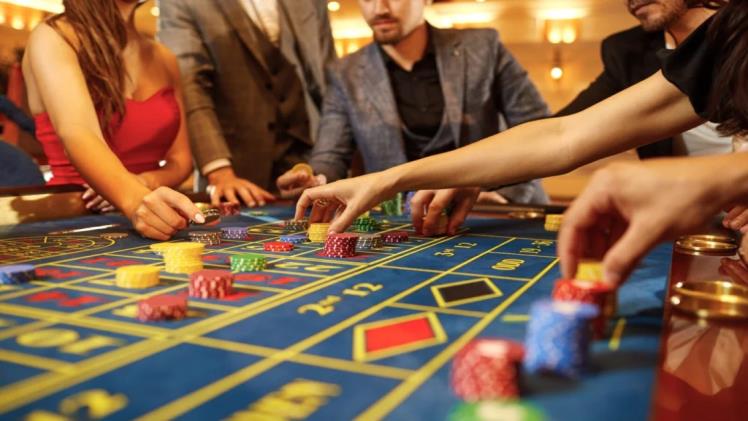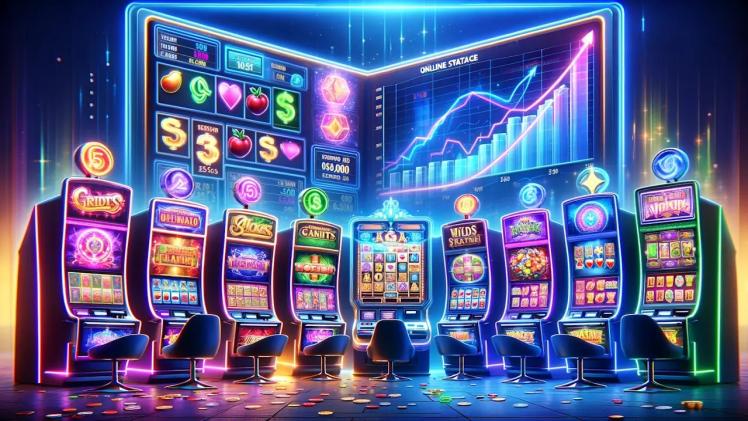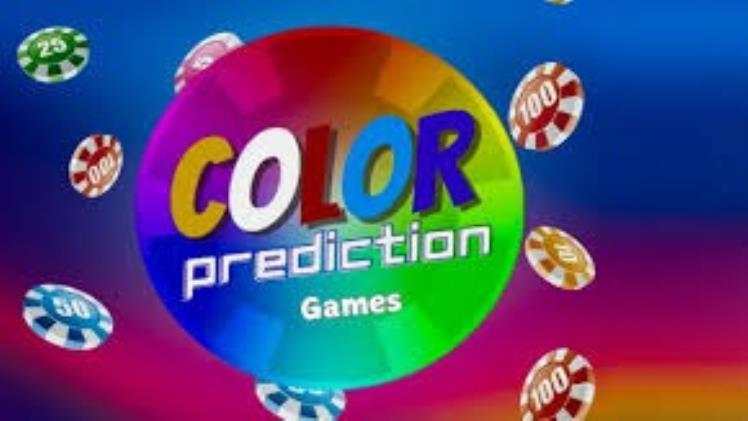Casino Psychology: How Design Keeps You Playing Longer
Casinos are often described as adult playgrounds—filled with lights, sounds, excitement, and the possibility of winning big. But beyond the glamour and entertainment lies a carefully crafted environment, designed using behavioral psychology and environmental cues to keep players engaged and spending money.
From the layout of the floor to the sounds of the machines, nearly every element of a casino is engineered to maximize player time and reduce decision fatigue. Understanding how these subtle techniques work can help you become a more aware—and responsible—player.
The Role of Environmental Design
Most casinos don’t have windows or clocks. That’s not an accident—it’s a deliberate design choice to keep you from realizing how much time has passed. This timeless environment is known as a “perpetual now,” where players remain focused on the action and disconnected from the outside world.
The layout itself is also strategic:
- Machines with exciting sounds or bright screens are placed at key traffic points.
- Table games are often surrounded by slots to create a lively, immersive zone.
- Seating areas are comfortable and spaced to encourage longer sessions.
It’s all about reducing friction and making it easy—and comfortable—for you to keep playing.
Lights, Sounds, and Color Psychology
Slot machines don’t just spin and stop. They celebrate every win, no matter how small, with flashing lights, upbeat music, and sometimes even virtual coins pouring down the screen. These sensory rewards trigger the brain’s dopamine system—the same one involved in pleasure and reward.
Even when a player “wins” less than their original bet (a net loss), the machine may still celebrate as if it were a big payout. This phenomenon, called a “loss disguised as a win,” encourages players to keep spinning, even though they’re losing money over time.
Colors also play a role:
- Red is often used to increase excitement and urgency.
- Green suggests luck and prosperity.
- Blue tends to calm players, encouraging longer sessions.
These choices aren’t random—they’re rooted in consumer behavior studies and casino analytics.
Maze-Like Floor Plans
Casinos often use a maze-like layout that encourages exploration while subtly disorienting players. There are few straight paths or obvious exits, and with Crownau77 Sports Betting, this immersive design extends to how players engage with gaming options online. As a result, players naturally pass by more games and machines, increasing the chance of spontaneous play.
There’s also a tactic known as the “discovery effect.” By making navigation slightly confusing, casinos create a sense of adventure—leading players to stumble upon new games and areas that they might not have found otherwise.
Near Misses and False Wins
One of the most effective psychological tricks in gambling is the “near miss.” This happens when the reels stop just one symbol away from a jackpot. Even though the outcome is a loss, it feels close enough to encourage another try.
Near misses exploit a psychological quirk: the human brain interprets them as progress, even though slot machines are governed entirely by random outcomes. This keeps players engaged, believing that a win is “just around the corner.”
Similarly, machines often offer frequent small wins to sustain excitement. These wins are often smaller than the amount wagered, but they help create the illusion of success, keeping players spinning longer.
Variable Rewards and Reinforcement
Slot machines and some table games use what’s called a variable-ratio reinforcement schedule—the same technique used in video games and social media. This is a reward system where outcomes (wins) are delivered at unpredictable intervals.
Psychologically, this is one of the most powerful motivators for human behavior. Because the brain doesn’t know when the next reward will come, it keeps engaging in the activity, often longer than Nạp tiền 78Win.
This is the same principle that makes checking your phone for notifications so addictive.
Loyalty Programs and Player Incentives
Casinos also use loyalty programs to keep players coming back. These systems track your play and offer rewards such as:
- Free meals or hotel rooms
- Comp points redeemable for cash or perks
- Invitations to exclusive events or tournaments
The more you play, the more rewards you unlock. This system creates a sense of progress and status, similar to leveling up in a game. For many players, the desire to maintain a certain “tier” or unlock the next benefit can lead to longer sessions and larger wagers.
Free Drinks and Other Perks
In land-based casinos, players are often given free drinks or light snacks while they gamble. This isn’t just generosity—it’s part of a larger strategy.
Alcohol lowers inhibitions and impairs judgment, leading to riskier bets and extended playtime. Combined with the casino’s immersive environment, this tactic helps blur the line between entertainment and excessive behavior.
Online Casinos Use Similar Techniques
While physical 78win rely on environmental design, online platforms use interface psychology:
- Bright graphics, animated wins, and instant play
- Gamified elements like achievements, badges, and leaderboards
- Push notifications and bonus timers to keep players logging in
Online casinos also collect vast amounts of behavioral data to personalize the experience—suggesting games, bonuses, or challenges tailored to your play history.
Staying Aware and in Control
Understanding how casinos use psychology to influence behavior doesn’t mean you have to avoid gambling entirely. It simply means approaching it with awareness.
Here are some practical ways to stay in control:
- Set strict limits on time and money before you start playing.
- Take breaks regularly to reset your focus.
- Avoid gambling under the influence of alcohol or fatigue.
- Remind yourself that the environment is designed to make you forget time and losses.
Final Thoughts
Casinos are marvels of behavioral engineering. Their design, sound, layout, and reward systems are not random—they’re optimized to encourage longer play and increased spending. While this doesn’t mean gambling is inherently harmful, it does highlight the importance of playing with awareness.
By recognizing these psychological tactics, players can enjoy the excitement of the casino while avoiding the pitfalls. The key is to stay informed, set boundaries, and treat gambling for what it truly is: entertainment, not income.







